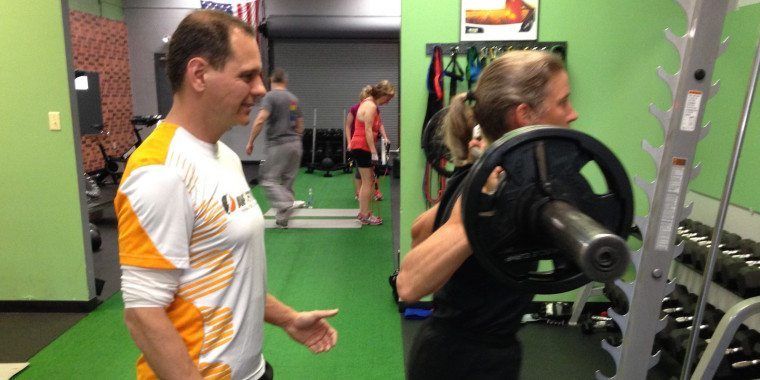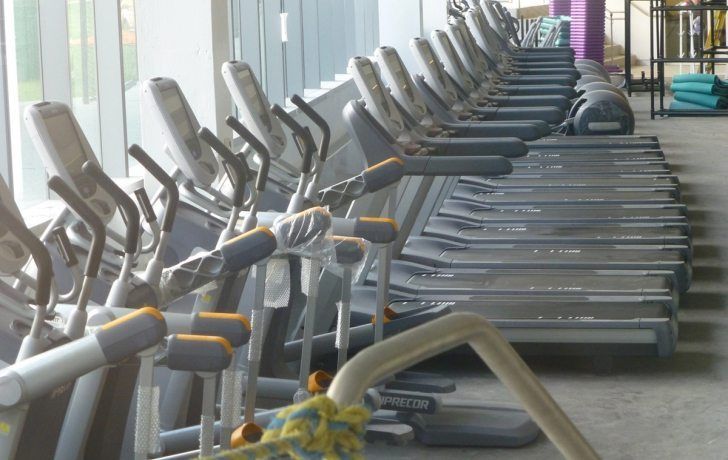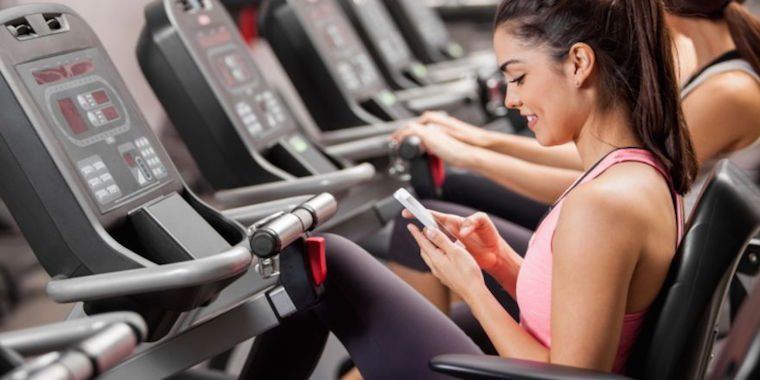Cell phones are a ubiquitous part of daily life, with an estimated 91 percent of American adults and 97 percent of Americans age 18 to 29 owning a cell phone, according to the Pew Research Center.
In addition to their primary function as a phone, modern cell phones also act as mini computers, allowing users to access the Internet, check their Facebook status, watch videos and send text messages. Because of their portability, users can be connected anywhere and at anytime.
But does cell phone use – primarily while exercising – reduce the effectiveness of your workout?
That is the question that a group of researchers tried to determine in their recent study, The Impact of Cell Phone Use on the Intensity and Liking of a Bout of Treadmill Exercise, which was published in journal PLOS ONE.
The researchers used a group of 44 young adults to assess the impact of three common cell phone functions – texting, talking and listening to music – during a 30-minute session on a treadmill. While the treadmill’s speed display was covered and the grade was fixed at zero, participants were able to change the speed if they desired.
Using a cell phone to listen to music can increase the intensity (speed and heart rate) and liking of a bout of exercise. However, other common cell phone uses (texting and talking) can interfere with exercise and reduce intensity.
During the music test, participants used their cell phone to listen to music of their choice. Finally, participants completed a treadmill session with no cell phone access.
The study found that talking or texting on a cell phone during the treadmill exercise significantly reduced the workload of the exercise when compared to performing the same exercise without a cell phone.
However, participants who listened to music or spoke on the phone were more likely on enjoy the exercise, which may lead to longer or more frequent exercise sessions.
The researchers concluded that different cell phone functions may affect exercise behavior:
- Listening to music increased the intensity of enjoyment of the workout.
- Talking increased the enjoyment of the workout and helped the participant maintain their heart rate, but reduced the workload.
- Texting decreased both the intensity of the workout and the participants heart rate, but did not mike the workout any more or less enjoyable.
Therefore, according to the study, the link between cell phone use and exercise intensity appears to be specific to how the participant is using their phone. Individuals should be sure to take note of these differences if they plan to use their cell phones during a workout to ensure the maximum results of their efforts.












